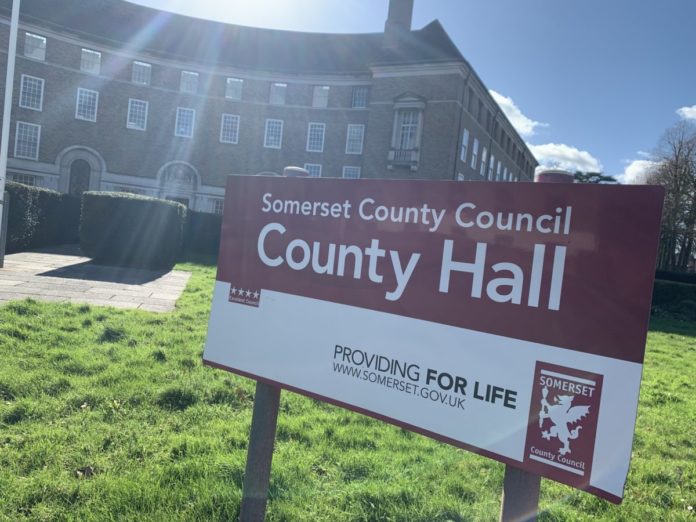The new Constitution for Somerset Council, the legal cornerstone of the new unitary council, has been approved by Somerset County Council this week.
The ten-part document – over 500 pages – sets out the Council’s commitment to public participation in its meetings, makes sure that the council meets all its legal duties and supports decision-making and governance.
The new Constitution sets out how Somerset Council will operate; how it will make decisions and the steps needed to make sure the new authority’s decisions are efficient, transparent and accountable to local people.
Residents’ rights – from voting in elections, submitting petitions and attending council meetings to making a complaint or compliment, and inspecting the council’s accounts – are detailed in one section.
Council Leader, Cllr Bill Revans, said: “This has been a mammoth task. It’s important to say that the Constitution is not set in tablets of stone, nor is it an inflexible blueprint – it will be reviewed and updated as we move forward.”
“One of the most important sections of our new Constitution sets out very clearly how our residents can get involved with the council, whether that’s by coming to meetings and speaking, attend their Local Community Network, suggesting topics for our Scrutiny Committees or taking part in consultations on local issues like the annual budget.”
The new constitution details the roles and responsibilities of the 110 elected members, sets out the Code of Conduct and explains the roles and duties of the Chair, Leader and Executive.
It sets out committee structures and procedures, including the planning and licensing and regulatory committees, how the 18 Local Community Networks (LCNs) will operate and the make-up of their membership, how delegated decision-making will work, as well as policies and protocols.
New committees and changes include :
- a Strategic Planning Committee and four area-based Planning Committees
- a statutory Licensing and Regulatory Committee and sub-committees
- 18 Local Community Networks
- 5 Overview and Scrutiny Committees
The Constitution’s ten principal sections were developed, debated and scrutinised by members of the Constitution and Governance Committee throughout the past year. Best practice in other Somerset councils was reviewed, as well as other recently established unitary authorities.







